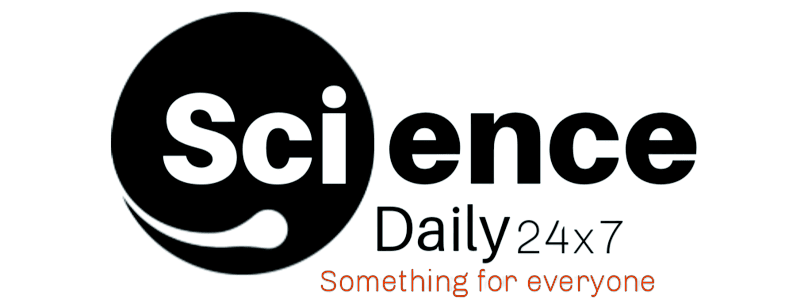Someday, scientists believe, tiny DNA-based robots and other nanodevices will
deliver medicine inside our bodies, detect the presence of deadly pathogens,
and help manufacture increasingly smaller electronics.
Researchers took a big step toward that future by developing a new tool that
can design much more complex DNA robots and nanodevices than were ever
possible before in a fraction of the time.
In a paper published today (April 19, 2021) in the journal Nature Materials,
researchers from The Ohio State University -- led by former engineering
doctoral student Chao-Min Huang -- unveiled new software they call MagicDNA.
The software helps researchers design ways to take tiny strands of DNA and
combine them into complex structures with parts like rotors and hinges that
can move and complete a variety of tasks, including drug delivery.
Researchers have been doing this for a number of years with slower tools
with tedious manual steps, said Carlos Castro, co-author of the study and
associate professor of mechanical and aerospace engineering at Ohio State.
"But now, nanodevices that may have taken us several days to design before
now take us just a few minutes," Castro said.
And now researchers can make much more complex -- and useful -- nanodevices.
"Previously, we could build devices with up to about six individual
components and connect them with joints and hinges and try to make them
execute complex motions," said study co-author Hai-Jun Su, professor of
mechanical and aerospace engineering at Ohio State.
"With this software, it is not hard to make robots or other devices with
upwards of 20 components that are much easier to control. It is a huge step
in our ability to design nanodevices that can perform the complex actions
that we want them to do."
The software has a variety of advantages that will help scientists design
better, more helpful nanodevices and -- researchers hope -- shorten the time
before they are in everyday use.
One advantage is that it allows researchers to carry out the entire design
truly in 3D. Earlier design tools only allowed creation in 2D, forcing
researchers to map their creations into 3D. That meant designers couldn't
make their devices too complex.
The software also allows designers to build DNA structures "bottom up" or
"top down."
In "bottom up" design, researchers take individual strands of DNA and decide
how to organize them into the structure they want, which allows fine control
over local device structure and properties.
But they can also take a "top down" approach where they decide how their
overall device needs to be shaped geometrically and then automate how the
DNA strands are put together.
Combining the two allows for increasing complexity of the overall geometry
while maintaining precise control over individual component properties,
Castro said.
Another key element of the software is that it allows simulations of how
designed DNA devices would move and operate in the real world.
"As you make these structures more complex, it is difficult to predict
exactly what they are going to look like and how they are going to behave,"
Castro said.
"It is critical to be able to simulate how our devices will actually
operate. Otherwise, we waste a lot of time."
As a demonstration of the software's ability, co-author Anjelica Kucinic, a
doctoral student in chemical and biomolecular engineering at Ohio State, led
the researchers in making and characterizing many nanostructures designed by
the software.
Some of the devices they created included robot arms with claws that can
pick up smaller items, and a hundred nanometer-sized structure that looks
like an airplane (The "airplane" is 1000 times smaller than the width of a
human hair).
The ability to make more complex nanodevices means that they can do more
useful things and even carry out multiple tasks with one device, Castro
said.
For example, it is one thing to have a DNA robot that, after injection into
the bloodstream, can detect a certain pathogen.
"But a more complex device may not only detect that something bad is
happening, but can also react by releasing a drug or capturing the
pathogen," he said.
"We want to be able to design robots that respond in a particular way to a
stimulus or move in a certain way."
Castro said he expects that for the next few years, the MagicDNA software
will be used at universities and other research labs. But its use could
expand in the future.
"There is getting to be more and more commercial interest in DNA
nanotechnology," he said. "I think in the next five to 10 years we will
start seeing commercial applications of DNA nanodevices and we are
optimistic that this software can help drive that."
Reference:
Chao-Min Huang, Anjelica Kucinic, Joshua A. Johnson, Hai-Jun Su, Carlos E.
Castro. Integrated computer-aided engineering and design for DNA assemblies.
Nature Materials, 2021; DOI:
10.1038/s41563-021-00978-5

